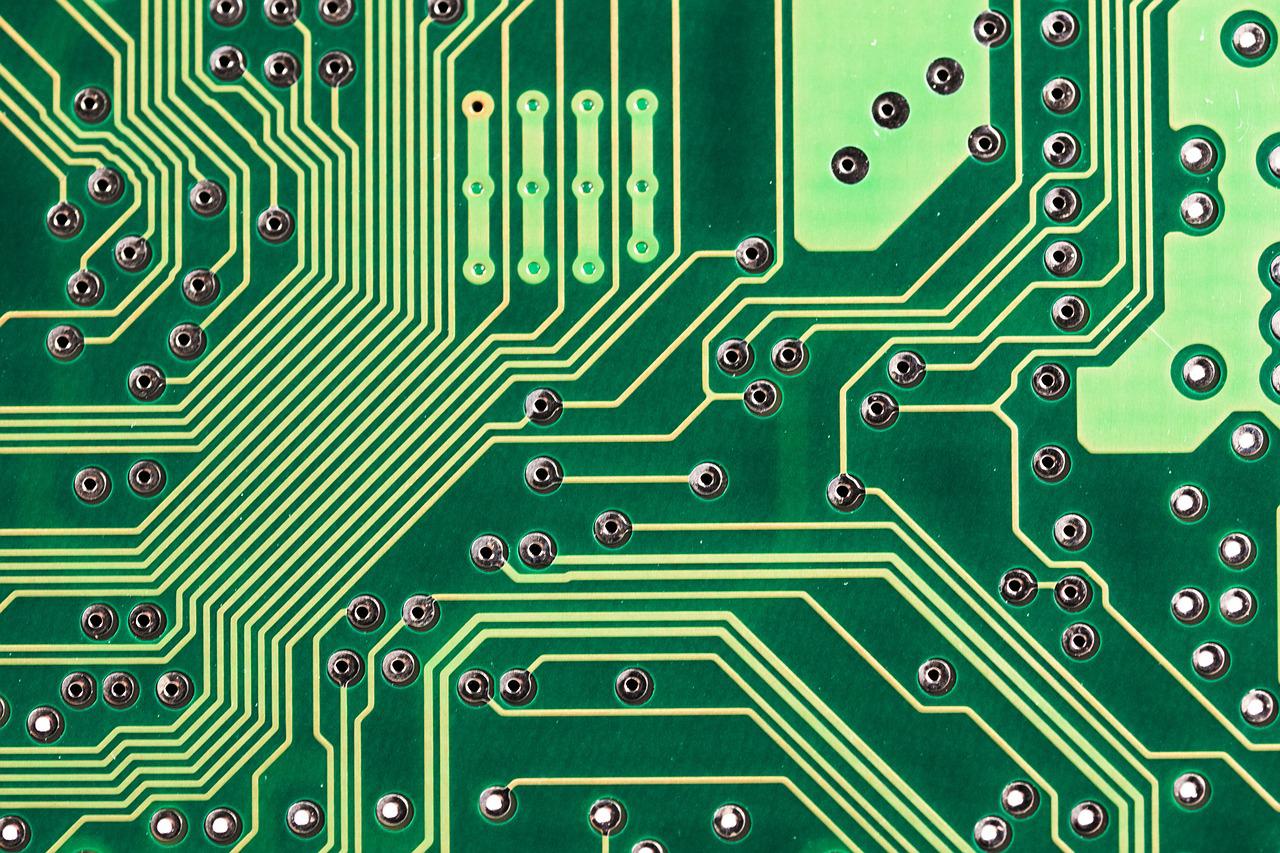
It wouldn’t be exaggerating to call the Raspberry Pi one of the 2010s’ true British success stories. This miniature, customisable computer first launched in 2012 — and, since then, more than 40 million Raspberry Pi units have been sold, reports the University of Cambridge.
Much of the appeal with the (still UK-manufactured) Raspberry Pi is derived from its versatility. PCMag UK calls the Pi “a dream machine for all kinds of projects — gaming consoles, home streaming, VPN servers and beyond”. So, how can you get started?
Get hold of a Raspberry Pi
Which model? Yes, the Pi has gone through several iterations since its original arrival — and the recommended Pi model for you could heavily depend on what you intend to do with it.
Nonetheless, investing in a recent Pi model could provide you with a beginner-friendly breadth of functionality. Consider the Raspberry Pi 4, which houses a 1.5GHz quad-core ARM CPU and at least 1GB of RAM, with a much higher amount available on pricier units.
What other components would you need for your Pi project?
The Pi 4 is powered via a USB-C port, while earlier versions used microUSB. Either way, the Pi will need a suitable power supply as well as an SD storage card — whether that is a microSD card, as newer Pi models tend to use, or a standard SD card as required by some older Pi units.
As not all power supplies and storage cards will work perfectly with your particular Pi model, you should seriously consider sourcing supplies from a specialist retailer like The Pi Hut.
Install an operating system on your Pi’s SD card
No matter what Pi project you are intent on building, it will need an operating system (OS) installed on the Pi’s removable storage card. Exactly which OS you would be best-advised to install will depend, at least to some extent, on your ambitions with the Pi.
For example, if you want to turn the Pi into a media box as a cost-effective alternative to an Apple TV set-top streamer, LibreELEC would be a wise choice of OS. Alternatively, if your Pi will be used to create a retro gaming machine, you could look at RetroPie.
In any case, to get an OS onto the card, you will need an image file as well as software for use in writing this image file to the card. One solid choice of software for this purpose would be Etcher, as it can be installed on a wide range of Windows, macOS and Linux computers.
Once you have downloaded the image file for your particular Pi model, you can click the Select Image button in Etcher, select the above-mentioned image file and then click Flash.
After the file has been fully transferred, eject the SD card, put it into your Pi, connect that Pi to a monitor or TV through the use of a HDMI cable and then power on the Pi via a plug socket. You can now start the ‘proper’ building work…
